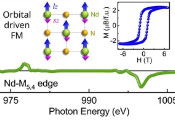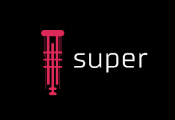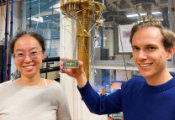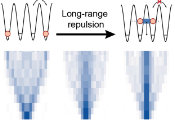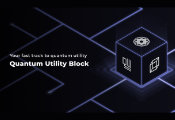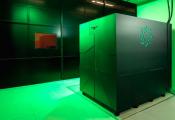Quantinuum Nexus Prepares to Exit Beta With Comprehensive Quantum Workflow Support
November 20, 2024 -- In July, Quantinuum proudly introduced the Beta version of Quantinuum Nexus, their comprehensive quantum computing platform. Designed to provide an exceptional experience for managing, storing, and executing quantum workflows, Nexus offers unparalleled integration with Quantinuum’s software and hardware.
What’s New?
Before July, Nexus was primarily available to Quantinuum’s internal researchers and software developers, who leveraged it to drive groundbreaking work leading to notable publications such as:
- Protecting expressive circuits with a quantum error detection code
- Volumetric Benchmarking of Error Mitigation with Qermit
- Platinum-based Catalysts for Oxygen Reduction Reaction simulated with a Quantum Computer
- Following our initial announcement, we invited external users to experience Nexus for the first time.
Quantinuum selected quantum computing researchers and developers from both industry and academia to help accelerate their work and advance scientific discovery. Participants included teams from diverse sectors such as automotive and energy technology, as well as research groups from universities and national laboratories worldwide. Quantinuum also welcomed scientists and software developers from other quantum computing companies to explore areas ranging from physical system simulation to the foundations of quantum mechanics.
The feedback and results from Quantinuum’s trial are as follows:
Unitary Fund
At Unitary Fund, we leveraged Nexus to study a foundational question about quantum mechanics. The quantum platform allowed us to scale experimental violations of Local Friendliness to a more significant regime than had been previously tested. Using Nexus, we encoded Extended Wigner’s Friend Scenarios (EWFS) into quantum circuits, running them on state-of-the-art simulators and quantum processors. Nexus enabled us to scale the complexity of these circuits efficiently, helping us validate LF violations at larger and larger scales. The platform’s reliability and advanced capabilities were crucial to extending our results, from simulating smaller systems to experimentally demonstrating LF violations on quantum hardware. Nexus has empowered us to deepen our research and contribute to foundational quantum science.
Phasecraft
At Phasecraft we are designing algorithms for near term quantum devices, identifying the most impactful experiments to run on the best available hardware. We recently implemented a series of circuits to simulate the time dynamics of a materials model with a novel layout, exploiting the all-to-all connectivity of the H series. Nexus integrated easily with our software stack, allowing us to easily deploy our circuits and collect data, with impressive results. We first tested that our in-house software could interface with Nexus smoothly using the syntax checker as well as the suite of functionality available through the Nexus API. We then tested our circuits on the H1 emulator, and it was straightforward to switch from the emulator to the hardware when we were ready. Overall, we found nexus a straightforward interface, especially when compared with alternative quantum hardware access models.
Quantum Software Lab, University of Edinburgh
In this project, we performed the largest verified measurement-based quantum computation to date, up to the size of 52 vertices, which was made possible by the Nexus system. The protocol requires complex operations intermingling classical and quantum information. In particular, Nexus allows us to demonstrate our protocol that requires complex decisions for every measurement shot on every node in the graph: circuit branching, mid-circuit measurement and reset, and incorporating fresh randomness. Such requirements are difficult to deliver on most quantum computer frameworks as they are far from conventional gate-based BQP computations; however, Nexus can!


